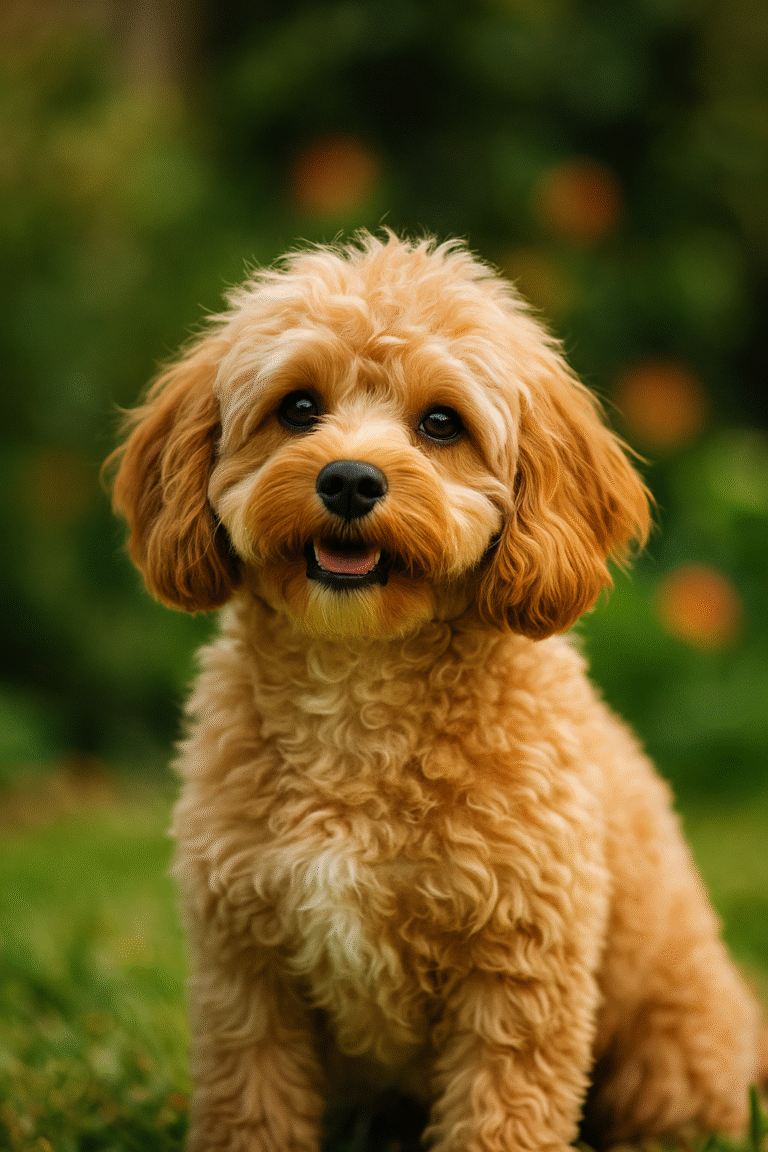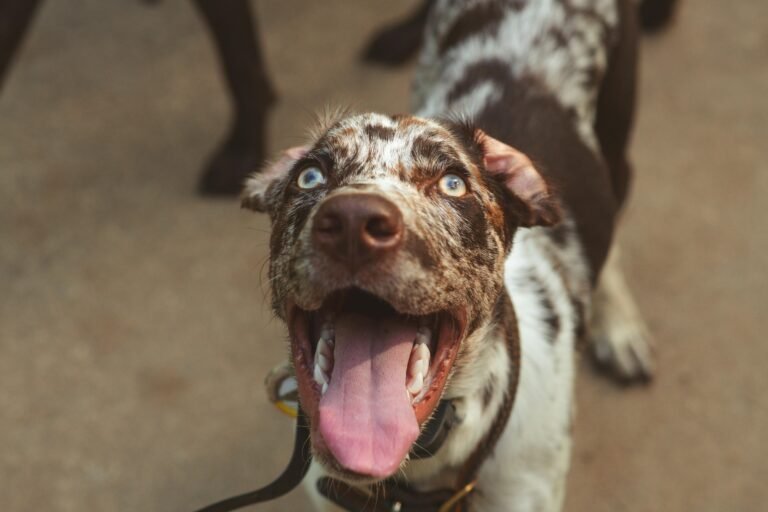Introduction
Among the world’s many sighthounds, few are as mysterious and underappreciated as the Banjara Hound. Native to India and associated with the nomadic Banjara people, this lean, athletic dog has been bred for centuries to hunt and guard in some of the harshest environments. Though almost unknown outside its homeland, the Banjara Hound is deeply valued among those who live and travel with it. Combining grace, speed, and endurance, it represents a unique piece of India’s canine heritage. This article explores the origins, appearance, temperament, and lifestyle needs of the Banjara Hound, and why this rare breed deserves more recognition.
Breed Origins
The Banjara Hound traces its roots to the nomadic Banjara people of India, who are known for their history of trade, herding, and travel across the subcontinent. These hounds were bred as working dogs, used primarily for hunting small to medium game such as hare, deer, and occasionally larger animals. Their resilience and ability to thrive in hot, arid climates made them indispensable companions. Some experts believe the breed may share ancestry with other Asian sighthounds, such as the Saluki and Tazi, though the Banjara Hound developed independently to meet the unique needs of its people.
Appearance
Banjara Hounds are medium to large sighthounds with lean, athletic builds built for speed and stamina. Typical characteristics include:
- Height: 24–28 inches at the shoulder
- Weight: 55–70 pounds, depending on build and sex
- Coat: Short and fine, adapted for hot climates
- Colors: Commonly fawn, brindle, black, or gray, sometimes with white markings
- Head: Long and narrow with a tapered muzzle, reminiscent of other sighthounds
- Ears: Semi-erect or dropped, adding to their alert, expressive look
Their overall appearance is elegant yet rugged—built for work, not show.
Temperament and Personality
The Banjara Hound is a classic sighthound in temperament: independent, intelligent, and deeply bonded with its family. Some defining traits include:
- Reserved with Strangers: Often aloof with those they don’t know, but rarely aggressive without cause.
- Loyal and Affectionate: Form strong attachments to their families and are gentle with those they trust.
- Independent: They like to think for themselves, especially when following scents or movement.
- Quiet Demeanor: Typically not excessive barkers, preferring to observe quietly.
- Prey Drive: Strong instinct to chase moving objects, a hallmark of sighthound breeds.
With proper socialization, they can make excellent companions, but they may not be as outwardly affectionate as breeds developed solely for companionship.
Exercise and Activity Needs
The Banjara Hound thrives on activity and requires daily opportunities to run and explore. Owners should provide:
- At least 60–90 minutes of exercise per day, including brisk walks and safe off-leash sprints.
- Access to large, enclosed spaces where they can run freely—essential for sighthounds.
- Engagement in activities like lure coursing, long hikes, or structured play to stimulate both body and mind.
Without sufficient exercise, they may become restless, bored, or destructive. Their stamina makes them excellent companions for active owners.
Training and Intelligence
Like many sighthounds, the Banjara Hound is intelligent but independent-minded. Training requires patience, consistency, and creativity. Tips include:
- Use positive reinforcement methods—harsh corrections may damage trust.
- Keep training sessions short and engaging to hold their interest.
- Focus on recall training early, since their chase instinct can be overwhelming.
- Expose them to different people, environments, and animals from a young age for well-rounded socialization.
While not the most obedient breed, they can excel in structured activities when motivated and respected.
Grooming and Maintenance
Grooming the Banjara Hound is refreshingly simple:
- Brush weekly to remove loose hair and keep the coat sleek.
- Bathe occasionally, as their short coats are naturally low-maintenance.
- Check ears regularly for dirt and infection, especially in warm climates.
- Maintain dental hygiene and trim nails as part of routine care.
They shed moderately year-round, but overall, they are easy keepers compared to many breeds.
Health Considerations
The Banjara Hound is generally a hardy breed, adapted to life in challenging environments. With proper care, their lifespan ranges from 10–14 years. Potential health concerns include:
- Hip dysplasia
- Bloat (gastric torsion)
- Parasite exposure in rural or tropical regions
Responsible ownership, a balanced diet, and regular veterinary care help ensure long, healthy lives.
Family Compatibility
Banjara Hounds can be excellent family companions in the right environment. They are gentle with children, though their size and speed mean supervision is important with very young kids. They usually coexist peacefully with other dogs, especially when raised together, but their strong prey drive makes them less reliable around cats or small pets. They thrive with families who value outdoor activity and can provide them with companionship and freedom to run.
Who Should Consider a Banjara Hound?
This breed is ideal for owners who:
- Have large, secure spaces or access to open areas for running.
- Live active lifestyles and enjoy outdoor pursuits.
- Appreciate independent, reserved breeds that are loyal without being clingy.
- Understand and respect the instincts of a sighthound.
Conclusion
The Banjara Hound may not be a household name, but it is a remarkable breed with centuries of heritage and utility behind it. Athletic, loyal, and dignified, these hounds embody the resilience of the nomadic people who bred them. For active owners seeking a rare and noble companion—and who can provide the exercise and freedom this sighthound craves—the Banjara Hound offers both history and heart. As awareness grows, this rare Indian breed may finally gain the international recognition it deserves.






